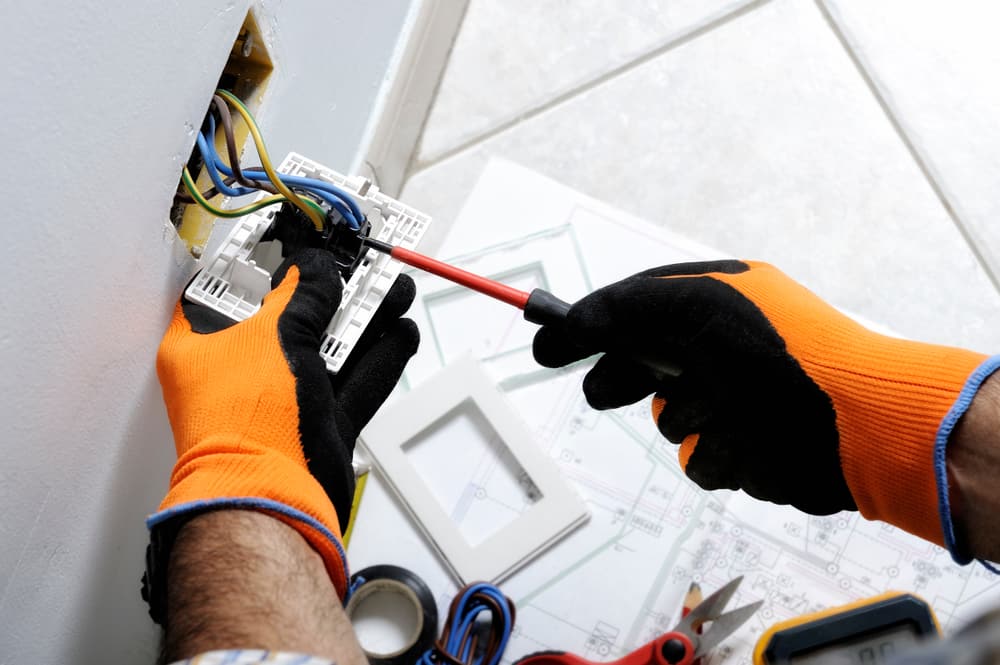
Installing an occupancy sensor in your smart home will have a transforming impact on the quality of your automation system. This will not only make your lights and other smart devices more efficient, but you’ll also enjoy more convenience with this device.
So, if you were thinking of upgrading your smart system, there is no harm in trying out the Leviton Occupancy Sensor. While there might be some reports on the Leviton Occupancy sensor not working, these reports are related to minor issues that can be fixed pretty easily.
Here are some solutions that will help you troubleshoot the Leviton Occupancy Sensor.
How to Fix A Leviton Occupancy Sensor That’s Not Working
- Increase Sensitivity Configurations
If the sensor is active and you can access it freely, then the input issues are related to the sensitivity settings. Most of the time, users set the sensitivity too low, and the sensors are not able to detect anything. To avoid this issue, you should slightly increase the sensitivity of the Leviton system.
Keep in mind that increasing the sensitivity too much will have a damaging impact on your smart system, and you’ll get false alerts. So, keep the sensitivity settings around 80 percent and avoid going over the 95 percent limit when using these sensors.
- install More Occupancy Sensors
Sometimes, the quantity of occupancy sensors installed in your room is not enough to cover the whole region. So, even when these sensors are working perfectly, you won’t get any performance from the system. To avoid this problem, make sure to add a few more sensors if the room is too large. You can also ask some experts from Leviton customer support, and they will help you with this issue with the sensors not working.
- Reduce Distance Between Sensor & Receiver
You should also focus on reducing the distance between the sensors and the receivers when the Leviton unit is not working. Usually, owners ignore the signal strength and place the receiver far away from the sensors. This is especially true for users with large houses and multiple sensors.
If you’re in the same boat and the distance between the sensor and the receiver is too much, then the only thing you can do is to reduce this distance. To get a better understanding of the situation, you can make use of several devices that help you measure the signal strength. So, make sure to improve the signal strength, and you won’t have to worry about performance issues.
- Point Logo Towards Receiving Switch
The orientation of the sensors relative to the receiver also has an impact on the signal strength. Ideally, you want the sensor logo to point toward the receiving switch. This will have a huge impact on the performance of your device, and you won’t have to bother with the same issues again. Moreover, the signal strength will also improve, and you don’t have to add repeaters to get the sensors to work perfectly with the receiver.
- Add A Repeaters
On the other hand, if the issue is not fixed at this stage, then installing repeaters is the only solution for you. Luckily, these units are not that expensive, and you won’t have to think about increasing your budget. So, just add a repeater to your smart system and then check the performance of the occupancy sensors.
Once the signal strength issue has been eliminated, you won’t have to think about the same problems again. So, just add a few repeaters and then judge the functionality of the occupancy sensors for a few days. Hopefully, you won’t have to bother with any more solutions.
- Claim Warranty On Defective Sensors
If the issue is not fixed at this stage, then you’re likely dealing with a defective sensor. It is not too rare for users to run into this situation, and your only solution is to get a replacement. So, just forward a warranty claim if you’re sitting on a valid warranty and then check the response from the sensors.
Hopefully, you won’t have to bother with the same issues again, and the unit will start working. Ideally, you won’t have to worry about a thing after managing sensitivity and improving signal strength. However, if you’re still stuck on the same issue, try calling the experts for help.